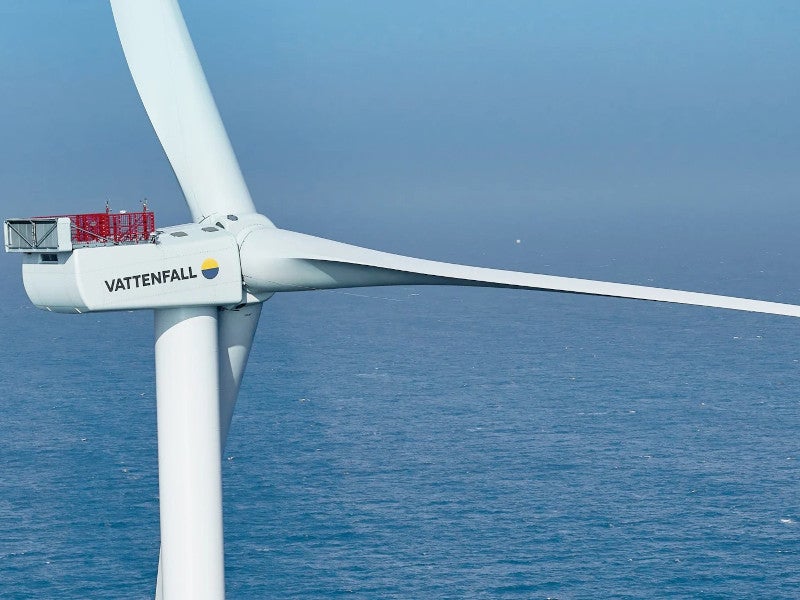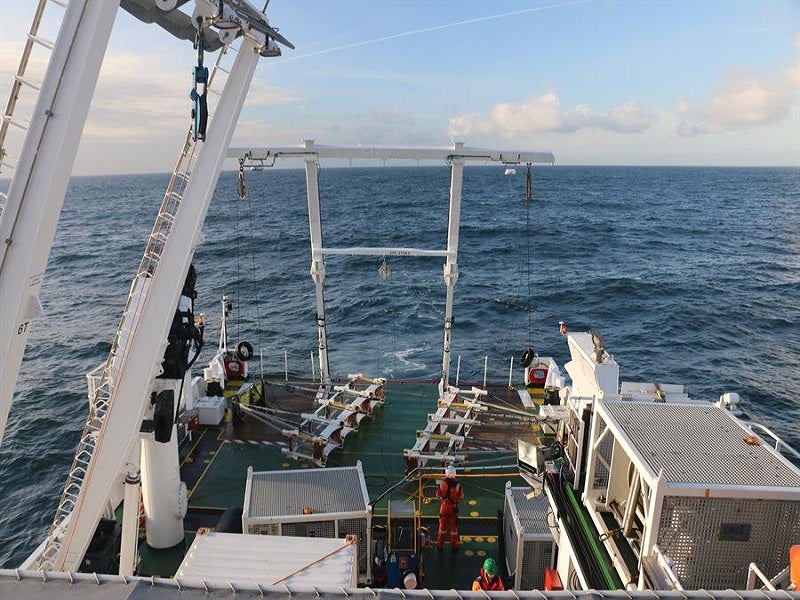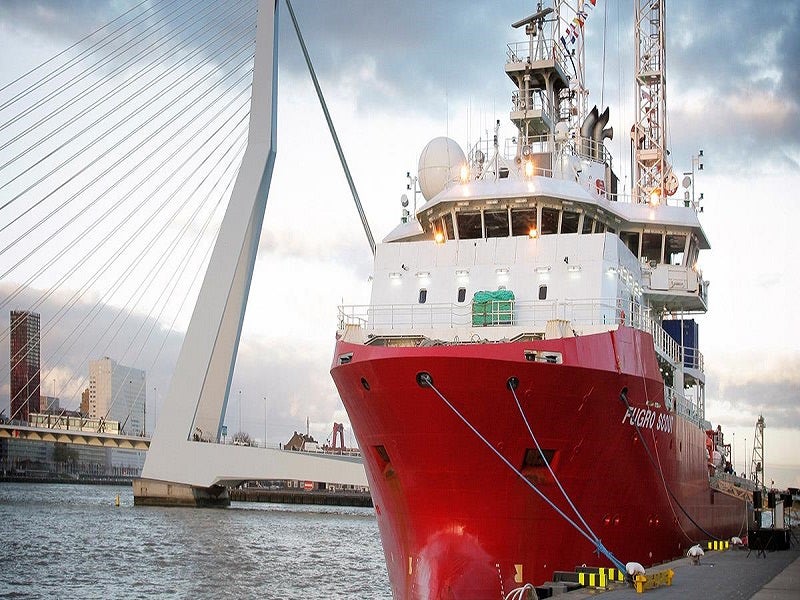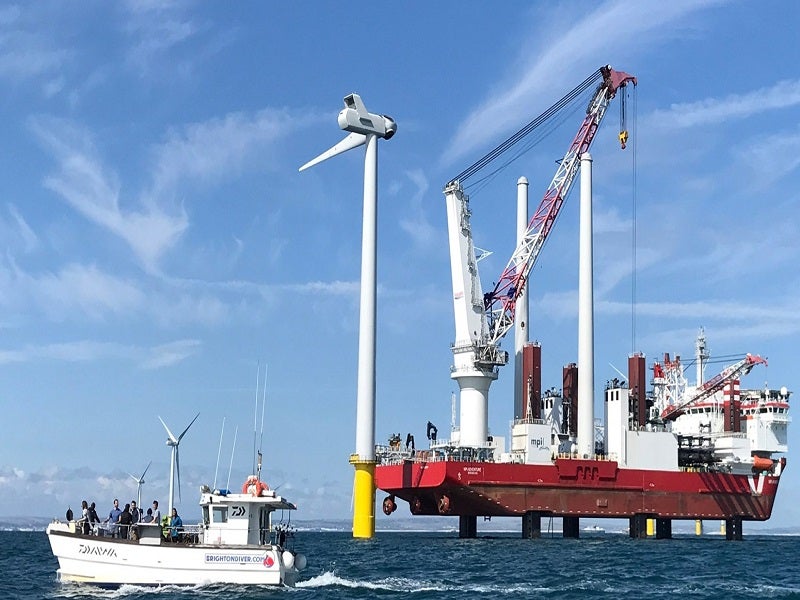Norfolk Boreas is a 1.4GW offshore wind farm being developed by Vattenfall in the North Sea, UK. The wind farm will be situated about 73km off the coast of Norfolk and cover an area of 725km².
The consent for the development of the wind farm was received in December 2021. Vattenfall was awarded Contracts for Difference (CfD) at £37.35/MWh ($44.45/MWh) by the UK Government in July 2022. The CfD is a support mechanism that encourages the development of renewable energy projects in the UK.
The project’s construction is expected to commence in 2023, subject to the final investment decision. First power from the wind farm is anticipated in the mid to late 2020s.
The project is in line with the British energy security goal of delivering 50GW of offshore wind capacity by 2030 and is expected to save more than two million tonnes of carbon emissions a year. It is the second project being developed by Vattenfall in the Norfolk offshore wind zone.
Location
Vattenfall is developing the Norfolk Boreas wind farm in the Norfolk offshore wind zone, which also includes the under-development 1.8GW Norfolk Vanguard wind farm. The Norfolk offshore wind zone will cover an area of 1,307km² in the southern North Sea.
The first phase of the zone’s development includes the Norfolk Boreas offshore wind farm. Norfolk Vanguard is being developed as part of phase two.
The UK Government granted approval for the development of the Norfolk Vanguard offshore wind farm in February 2022.
The two offshore wind farms will have a combined capacity of 3.2GW and share the same grid infrastructure.
Once operational, the Norfolk offshore wind zone will be one of the largest wind power zones in the world, providing clean power for more than four million households.
Norfolk Boreas offshore wind farm details
The Norfolk Boreas offshore wind farm will comprise offshore and onshore components. The offshore component initially included a plan to install 158 offshore wind turbines. The development application was revised in April 2022, and the number of turbines was reduced to 137.
The wind farm will feature Siemens Gamesa SG 14-236 DD offshore wind turbines, which have the capacity to generate up to 15MW of energy each. The turbines have a rotor diameter of 236m, blade length of 115m, swept area of 43,500m² (4,68,230ft²) and maximum tip height of 350m.
The onshore component of the project will include a substation with electrical equipment, which will connect the offshore wind farm to the UK National Grid.
Grid connection
The power generated from the wind farm is planned to be transmitted through offshore cables to an onshore landfall point in south Happisburgh. From this point, the power will be transmitted another 60km through underground cables to an onshore substation at Necton, Norfolk, where it will be connected to the National Grid.
Geotechnical surveys
The geotechnical investigations to optimise the wind turbine foundation engineering design and decide the cable routes for the project commenced in June 2020. A four-month marine site characterisation campaign was also carried out in 2020 by the Fugro Scout drill ship.
The geotechnical investigations include geophysical and unexploded ordnance surveys. A 2D ultra high-resolution seismic survey will also be carried out to evaluate information related to the seabed and shallow sub-surface.
The surveys are being conducted to support the project design and inter-array cable positioning as well as increase operational and foundation structure safety.
Contractors involved
Wind turbine manufacturer Siemens Gamesa Renewable Energy was chosen as the preferred supplier of wind turbines for the project in November 2021. The contract also included a multi-year service agreement.
Netherlands-based Fugro, a geological data specialist company, was contracted to carry out the marine site characterisation and marine site investigation of the Norfolk offshore wind zone in July 2020 and July 2022, respectively.
A consortium of Aker Solutions, an engineering company based in Norway, and Siemens Energy, an energy technology company based in Germany, was selected as the preferred engineering, procurement, construction and installation (EPCI) contractor for the HVDC converter platforms in February 2021.
Royal HaskoningDHV, an independent consultancy, prepared the environmental impact assessment (EIA) and provided consent as well as planning advice for the project.
UK-based law firm Womble Bond Dickinson assisted in securing the Development Consent Orders (DCO) for the project.
Copper Consultancy, a communications, engagement and consultation specialist based in the UK, was involved in the public consultation process for the project, while specialist communications consultancy Built Environment Communications Group (BECG) was contracted to develop and implement the consultation programme.
RSK Consents Solutions, a consent solutions company, was contracted to secure the landowner agreements for the cable route as well as the necessary consents for the investigatory work during the initial development stages.
Environmental consultancy APEM performed aerial surveys to gather high-resolution data on the distribution and population densities of birds and marine mammals in the project area.
Ardent Management, a property consultancy based in the UK, prepared application documents for the project and provided land services and advice on the DCO.







